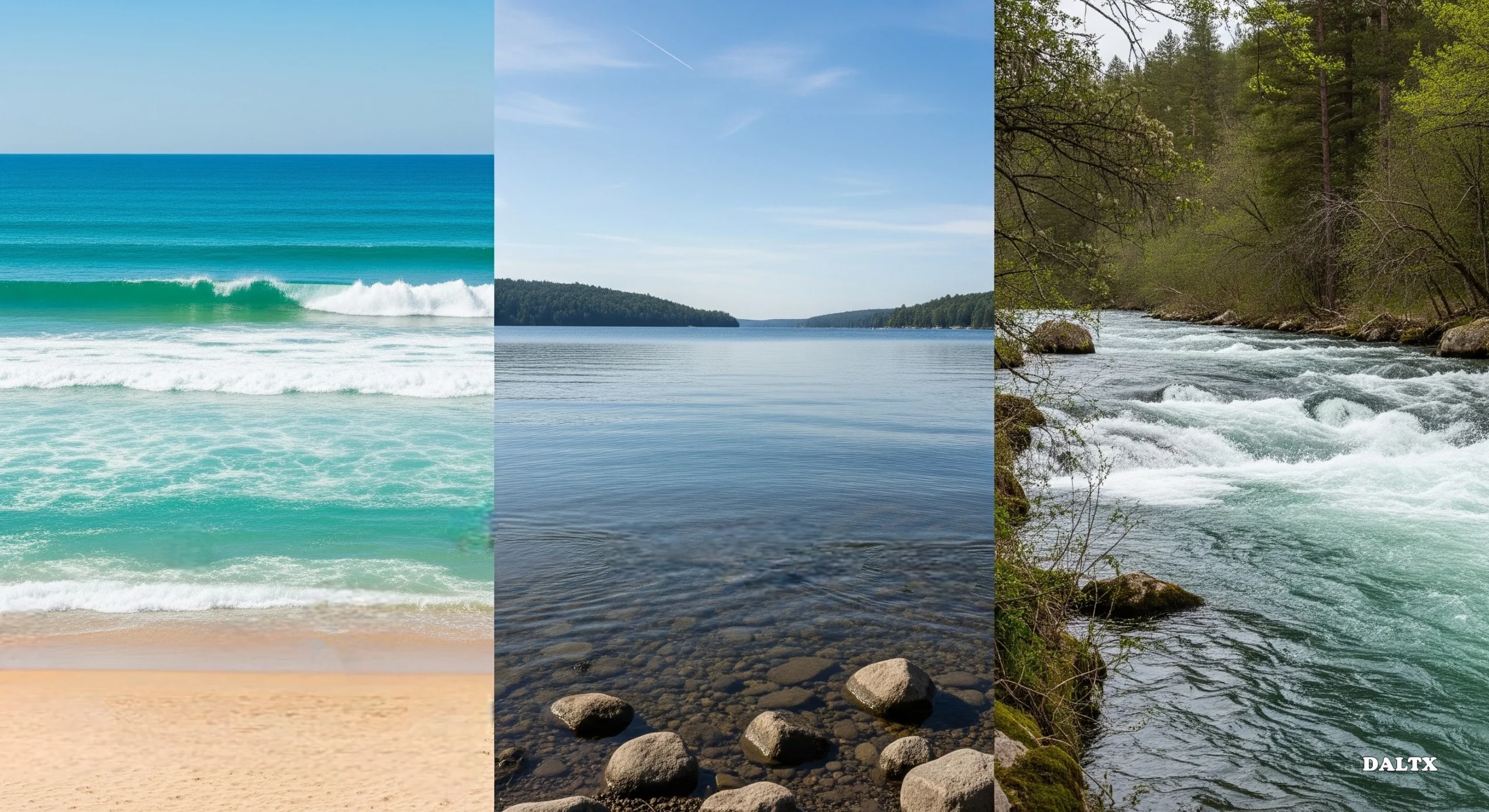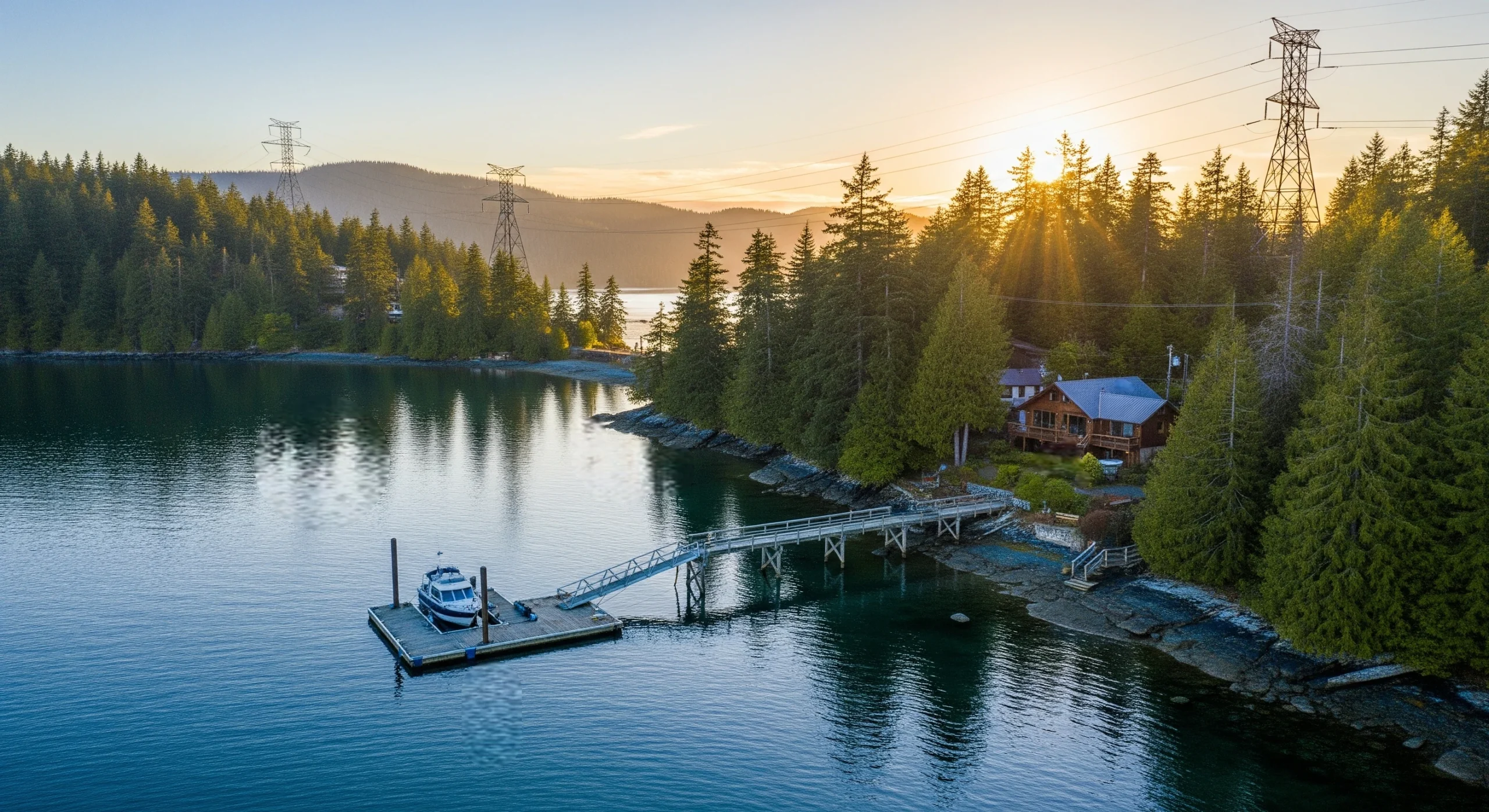Purchasing waterfront property is a dream for many people. Whether you’re looking for a peaceful lakehouse retreat, an oceanfront retirement getaway, or a riverside investment opportunity, owning a home by the water comes with undeniable appeal. But buying waterfront real estate is far more complex than purchasing a standard residential property. From legal considerations to environmental factors and lifestyle fit, it’s important to know what you’re getting into.
This guide breaks down the key things to consider before buying waterfront property, with a practical approach that helps you make an informed and confident decision.
1. Understand the Type of Waterfront Property

The first step is to clearly understand the type of waterfront you’re buying. Not all waterfronts are created equal, and each has its own set of pros, cons, and considerations.
- Oceanfront properties offer stunning views and beach access, but can come with high maintenance due to salt corrosion, risk of hurricanes, and rising sea levels.
- Lakefront properties often provide calm waters for boating or swimming, but can have issues with algae blooms or restrictions on motorized watercraft.
- Riverfront homes may offer scenic tranquility, but you’ll want to understand the river’s flow, floodplain boundaries, and bank erosion risks.
When buying, be clear whether the property offers actual direct access or just a view. There is a major difference between “waterfront,” “water view,” and “water access.” For accurate assessments and to ensure you’re purchasing a title that includes the rights you assume, consult with an expert real estate agent familiar with waterfront regulations in your area.
2. Research Local Regulations and Restrictions
Owning property next to a body of water usually comes with extra regulations, often at the municipal, provincial, or federal level. Buyers must do their due diligence to understand:
- Zoning laws: Can you build a dock? Are there building height restrictions? Can the property be used for short-term rentals?
- Environmental regulations: There may be restrictions on what you can build or renovate due to wetland protection, wildlife conservation, or shoreline buffer zones.
- Riparian rights: These refer to the legal rights of landowners whose property abuts a body of water. They may include access, usage, or water withdrawal rights, but they vary by province.
- Floodplain mapping and insurance requirements: Is the property located in a high-risk flood zone? You may be required to purchase flood insurance or adhere to specific building codes.
It’s also wise to contact local conservation authorities or planning offices to clarify what you can and cannot do on the property, especially if you intend to make modifications like tree removal, shoreline stabilization, or installing a dock.
3. Check the Shoreline and Water Quality

When viewing a waterfront home, it’s easy to get caught up in the view and serenity. But take a closer look at the shoreline and water quality.
- Shoreline condition: Is the shore rocky, sandy, or muddy? Is it eroding? Stable shorelines are better for long-term property value and safety.
- Water level fluctuations: In many regions, lakes and rivers may have seasonal highs and lows. Drastic changes can affect usability and aesthetics.
- Access to the water: Is there a natural slope, or will you need stairs or a path? Steep or unstable banks may be expensive to manage or improve.
- Water quality: Ask about historical data regarding algae blooms, bacteria, or contamination. Water that looks clean might not be safe for swimming or fishing.
- Boating restrictions: Some lakes restrict motorboats, jet skis, or impose noise limits, while others may allow full recreation. Ensure the water usage suits your lifestyle goals.
Local conservation authority reports, Ministry of Environment data, or resident associations can often provide this information.
4. Infrastructure, Utilities, and Access

Waterfront properties are sometimes in rural or less-developed areas, which can bring complications related to infrastructure.
- Road access: Is the road publicly maintained or private? In the winter, will it be plowed?
- Internet and cell service: Many waterfront homes suffer from weak signals. Confirm availability of high-speed internet or mobile coverage.
- Sewer and septic: Many waterfront homes use septic systems. Ask for inspection records and ensure they meet modern environmental standards. Improper septic systems can harm both your property value and the ecosystem.
- Water supply: Is the home on a municipal waterline, a well, or a lake water system? Each has its own testing, filtration, and maintenance requirements.
- Power and heating: Off-grid or seasonal cottages may rely on propane, generators, or solar. Be prepared for additional maintenance or costs.
Ensuring year-round usability may require investing in updates or improvements, so it’s essential to factor those into your budget.
5. Seasonal and Maintenance Considerations
Waterfront homes often require more upkeep than standard homes, especially when exposed to fluctuating weather conditions and humidity.
- Salt air and moisture: For coastal properties, salt can corrode metal and deteriorate paint and finishes faster.
- Pests: Mice, insects, and birds are common visitors in cottages left vacant for months.
- Storm preparation: Homes near water may require storm shutters, sump pumps, or backup generators.
- Landscaping: Vegetation near shorelines is often protected or difficult to maintain. You may need native plants or erosion-prevention landscaping.
Also, if the property is intended for vacation use, consider the logistics of property management, off-season maintenance, and security.
6. Financing and Insurance Challenges

Financing waterfront property can be more complicated than financing traditional homes. Some banks may be more cautious due to risks associated with flooding, remote location, or seasonal use.
- Mortgage pre-approval: Ensure your lender understands the type of property you’re buying and whether it is classified as seasonal or year-round.
- Flood insurance: Many waterfront properties require a separate flood policy, particularly if located in designated floodplains. Premiums can be high, so get quotes early.
- Property taxes: Waterfront properties tend to carry higher assessed values, which leads to higher annual taxes.
- Appraisal: Lenders will likely need a formal appraisal to determine current market value, and this can be tricky for waterfront homes with unique features or limited comparables.
Work with a lender experienced in waterfront financing to avoid surprises.
7. Lifestyle Fit and Long-Term Goals

Finally, make sure the property aligns with your goals and lifestyle. Waterfront living isn’t just a financial investment; it’s a lifestyle decision.
Ask yourself:
- Do you want to use the property year-round or seasonally?
- Are you comfortable with the additional maintenance and costs?
- Will you eventually retire there, or is this a short-term investment?
- Does the water body support your hobbies (e.g., fishing, canoeing, paddleboarding)?
- Will noise, tourism, or boating activity disrupt your peace?
If the property is intended for rental income, consider occupancy rates, local tourism appeal, and licensing requirements for short-term rentals.
Summary
Waterfront property can offer unparalleled lifestyle and financial value, but it comes with its share of complexity. The key is to approach the process with diligence, clarity, and realistic expectations. Involving professionals such as home inspectors, conservation officers, and legal advisors is crucial. Most importantly, ensure that your property not only meets legal and structural criteria but also truly suits your long-term goals and lifestyle vision.



